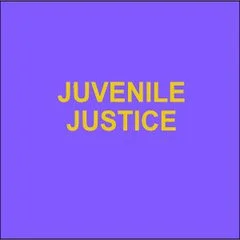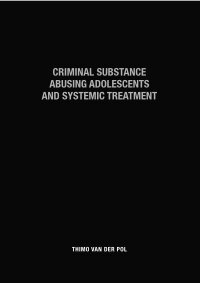By Keith Finlay, Michael Mueller-Smith, Brittany Stree
Children’s indirect exposure to the justice system through biological parents or coresident adults is both a marker of their own vulnerability and a measure of the justice system’s expansive reach in society. Estimating the size of this population for the United States has historically been hampered by inadequate data resources, including the inability to observe nonincarceration events, follow children throughout their childhood, and measure adult nonbiological parent cohabitants. To overcome these challenges, we leverage billions of restricted administrative and survey records linked with Criminal Justice Administrative Records System data and find substantially larger exposure rates than previously reported: prison, 9% of children born between 1999–2005; felony conviction, 18%; and any criminal charge, 39%. Charge exposure rates exceed 60% for Black, American Indian, and low-income children. While broader definitions reach a more expansive population, strong and consistently negative correlations with childhood well-being suggest that these remain valuable predictors of vulnerability. Finally, we document substantial geographic variation in exposure, which we leverage in a movers design to estimate the effect of living in a high-exposure county during childhood. We find that children moving into high-exposure counties are more likely to experience post-move exposure events and exhibit significantly worse outcomes by age 26 on multiple dimensions (earnings, criminal activity, teen parenthood, mortality); effects are strongest for those who moved at earlier ages
The Quarterly Journal of Economics, Volume 138, Issue 4, November 2023, Pages 2181–2224, https://doi.org/10.1093/qje/qjad021













